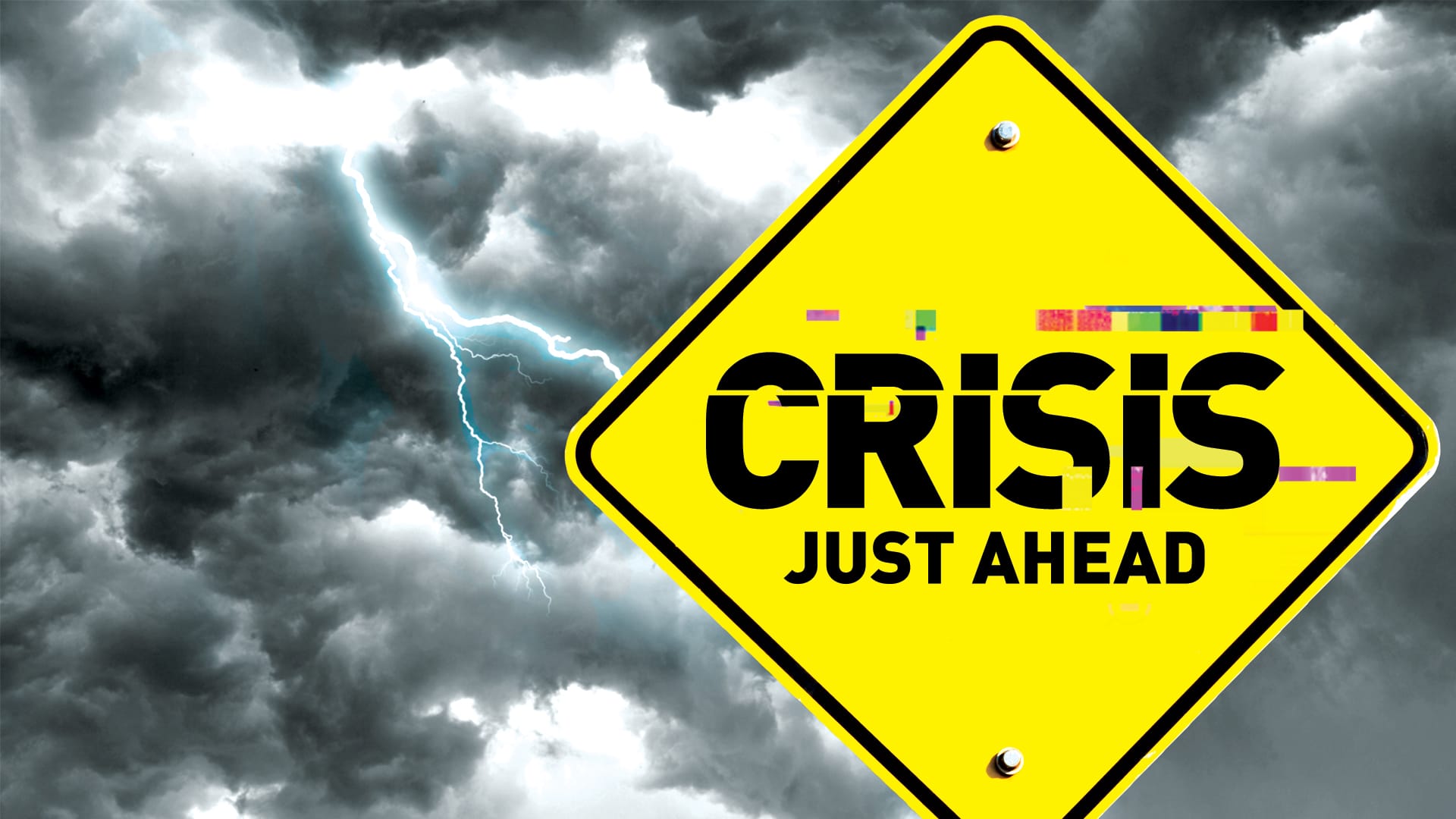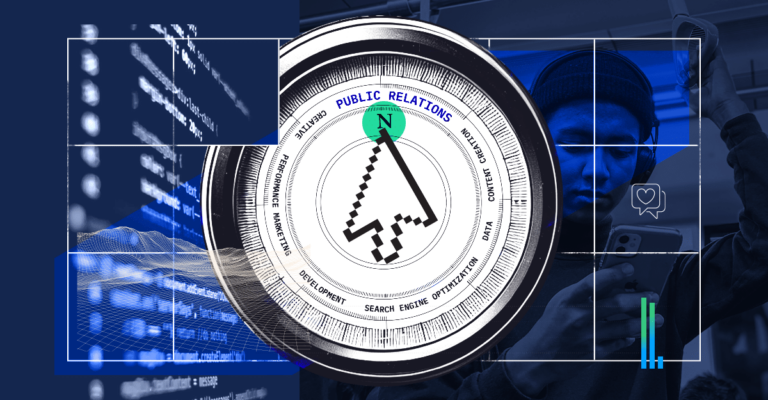Too many communicators today only view a crisis within their own little bubble in the business. Social media folks react to social dustups while PR people react to media on unrelated issues. Investor relations types typically think only of how The Street will react to info. Legal often wants everyone to shut up and will default to “no comment.” Trouble is, there are no bubbles and information is ubiquitous. Social posts reach reporters, media reports become social fodder, a tweet about landing a big sale can unexpectedly change stock prices.
Information moves fast – and it moves everywhere. So when a crisis hits and communicators stay within their bubbles and fail to orchestrate a unified response, small problems become firestorms. The best advice? Prepare.
Over two decades in crisis communications, I’ve seen the storms. From horrible school shootings, data breaches or hostile takeovers to major layoffs, labor strikes and a few spicy items that can’t be discussed publicly.
I’m not alone. Pretty much every PR person, marketer and community manager knows the drill. A great day careens off the rails with a dreaded phone call, text, email or tweet alerting of a crisis. Somewhere, somehow, something bad hit the fan and it’s up to communicators to swoop in and make everything better. Oh, and there is undoubtedly some overpaid know-it-all VP of this-or-that making the day worse by blasting out flaming emails demanding “make this go away NOW!” Yeah. Right. That’s gonna happen.
Anyone who has lived this scenario knows a crisis sucks. But a crisis will turn nightmarish in an organization with a readiness stance of “let’s hope it doesn’t happen to us.” With digital and social channels driving a right-now news cycle, let’s dig into what PR people, marketers and community managers should think about when it comes to the inevitable crisis.
To be clear, we’re not sharing a down-to-the-detail crisis plan, because plans will vary greatly for each organization. Instead, we’ve compiled thoughts that should get the wheels turning and help shape smarter approaches to crisis response in this hyper-connected reality. Â
Acceptance and Readiness
Okay, we’ve accepted that bad stuff will hit every organization. Long before the storm, smart communicators will align key leaders responsible for all audiences: customers, employees, investors, reporters, influencers, social media communities and authorities. Every audience requires special care. Information will move at light speed and spider out on social channels, so key players must get in the crisis game now, before it’s time to act.
To start, slip into an audience mindset. Think about big issues from each stakeholder’s perspective. Regardless of crisis, every audience demands to know when and how their concerns will be addressed.
- Customers – People need to know when and how their product or service issue will be resolved. They expect to know a product is safe or will be fixed/replaced, stalled production will resume soon, etc. The company must calm jitters to keep business moving and minimize disruption. The customer deserves clear, concise, truthful words and actions. Let them know quickly, before they jump to a competitor. Also, just accept as given they’ll quickly take their gripe to social media, and their feedback can alter brand perceptions for millions.
- Employees – Depending on the crisis, employees may panic over safety, their jobs, the viability of a company or other tough issues. Information is the only thing to keep them focused on the job. In the event of disaster or violence, they may need immediate, life-saving info. A crisis of any scope can paralyze an organization if employees are starved of information. With all employees on social media, a crisis can spin out of control in minutes, fueling a productivity-killing rumor mill.
- Investors – The bigger the organization and scale of crisis, the bigger the potential financial fail. Investors watch like hawks and will fly away quickly if they sense gold turning to cheap tin. In the publicly traded sphere, investors need clear information shared through Fair Disclosure channels quickly and effectively to prevent a stampede selloff. And for startups, the big VC money can dry up faster than a puddle on pavement on a hot July day. At the very least, the money guys can halt funding in the blink of an eye. Keeping them informed can maintain calm.
- Reporters and influencers – Attention-getting media stories are born of conflict, fear or tragedy, and organizations that default to “no comment” can expect a really bad day. Reporters and influencers are a key pipeline to all audiences, so crisis planning must include quickly feeding the beast. From rapid response with a brief comment or status update to intricate press conferences, information must get out quickly.  Â
Think beyond TV, radio and newspapers. Bloggers, non-traditional media, industry analysts and “expert sources” tapped by media enjoy a huge soapbox. Real influencers never retreat in the face of “no comment.” In fact, silence is like blood in shark-infested waters and can make things infinitely worse. Crafty influencers will find other sources to get the story. Speed is critical. The right messages must get out. Be the source.
- Social media communities – Social has reshaped crisis PR unlike anything ever seen. While today’s 24/7 traditional media news cycle is tough enough, social’s second-by-second info cycle is a completely different ballgame. We just posted a provocative piece about social response during worst-case scenarios such as terrorism or mass tragedy incidents, along with an earlier post about preparing for social community meltdowns. Read these. Social response is sometimes the most crucial communications path. Social can make or break the day, but cannot be done in a silo.
- Authorities – Disasters or violent events will involve authorities. In crisis planning, identify all likely parties. Police, fire, federal authorities, health departments and others have unique needs and protocols for the release of information. Make sure the crisis plan includes a point person to work with outside players.
Here’s the rub: Our hyper-connected reality means anything shared through one channel for a specific audience spreads like fire to other channels and audiences. A social post to soothe angry customers may send investors or employees into a tailspin. Similarly, expect sensitive internal messages to go public (tweeted, leaked or otherwise) and open the door to horrendous liability. Remember, everything you say can and will be used against you in the court of public opinion (or even court of law).
The scope of crisis planning will depend on the organization. A global 100,000-person corporation will have wildly more complex needs than a cool startup or 150-employee midsize biz. No matter the size, planning must align actions across all stakeholders, including PR, investor relations, legal, sales/marketing, production, employee communications, security – even HR. What is said during a crisis can serve up long-term consequences for any and all groups.
Decision Time – Crisis or Not? Â
Too often, the instant someone screams “crisis” and demands immediate responses, everyone automatically plunges into action. But the fiery Facebook comment that’s a crisis to a sales VP might be a pesky nuisance to others. Or, the same post may well be the canary in a coal mine warning of something unseen but spelling impending doom. The crisis-or-not decision is crucial.
Categorizing likely crisis situations in advance is a powerful antidote to panic-driven decision making. Think in terms of “Tier 1, 2, 3…” or other rankings to gauge severity, impact and organizational scope. Defined categories make it a snap to react properly to someone else’s panic. Still, a minor crisis always has potential to hit the big leagues fast, so crisis team members all need to be kept in the loop until a situation is truly resolved.
A crisis team equipped with a bulletproof plan can make assessments, decisions and engage the right players to mitigate the problem. The ill-prepared team will make uninformed decisions, invent processes on the fly, lose valuable time and most likely make a bad situation horrible.
From Decision to Action
A solid crisis PR plan also greatly simplifies the actual response process. Effective plans will include templates for response protocols and mechanisms, including media statements/news releases, social media actions, investor communications, employee alerts, photo or video releases, and others. Other basic elements include current contact info, SMS team alerts, influencer lists and other essentials to survive the day.
Here’s a quick look at how things can play out: A growing, trendy restaurant chain is tagged in social media as the source of an E. coli outbreak with numerous people hospitalized. This has happened in real life and companies have paid the price in lost business and brand damage. With pre-planned protocols, the day could, at a glance, look like this:
- Crisis team is alerted of the possible issue via team SMS, all needed parties engage immediately to determine the level of crisis. Response plans are enacted.
- Quality team confirms and isolates the contamination source and instantly launches a recall.
- Operations simultaneously alerts all affected locations to close affected stores.
- PR and social teams monitor channels, develop messages, secure approvals and quickly release information through the most effective channels to mitigate concerns and instill confidence that the issue is contained.
- Investor relations assesses potential financial impact and immediately provides relevant, accurate projections through proper IR channels.
- Employee communications enacts instant alerts to all locations with reassuring messages that the situation is under control and how employees should respond to customer questions.
- All teams monitor and quickly engage audiences with consistent messages, while keeping the entire crisis team connected to avoid miscues.
- Organization quickly moves to reopening, rebuilding trust and minimizing long-term impact.
The fictional E. coli example is a wildly oversimplified view, but is based on real circumstances. What would happen if one person in that chain didn’t know what to do? What if nobody alerted the social team and they post a scheduled tweet about “a healthy lunch alternative” just as PR is issuing statements of compassion for hospitalized patrons? It’s easy to see that a lack of planning or a missed step in the process could stretch out the crisis indefinitely, significantly driving up the hard costs and doing untold brand damage.
Simple Tips for Solid Crisis Prep
The list of potential crisis situations is staggering, whether food contamination, a customer data breach, natural disaster, criminal wrongdoing, workplace violence, executive indiscretion, labor disputes, shutdown due to a wild protest, environmental disaster – it can boggle the mind. But a head-in-the-sand approach only begs bigger problems when the inevitable happens. Â
Deep breath time. Preparedness is the secret to effective crisis response. So, what are some simple ways to embark on a crisis prep journey or improve that dusty, years-old crisis binder perched on a shelf? Â
- Talk. Get key leaders in a room for a candid discussion. Order pizzas and spend an hour white boarding each person’s biggest fears. The simple question “what scares the hell out of you?” will easily fill up the hour.
- Assess readiness. Many execs have a false sense of preparedness because they have the nice binder marked “Crisis Plan” on hand. But unless that plan has been thoroughly revised in the last 6-18 months, it probably includes outdated names and numbers on page 1 labeled “emergency contact list” – and it certainly does not account for the dramatically larger role of social media. No plan at all? It’s clearly time to reboot and start planning.
- Prioritize the plan. Oh, the number of times communications VPs have proclaimed, “We really need to update our crisis plan this year.” Yet somehow, the daily grind inevitably backburnered that project. Too many communicators treat crisis planning like paying the monthly minimum on a big credit card bill and are living on borrowed time. Don’t talk about planning. Plan.
- Practice. Think about school fire drills as a kid. Kids know exactly what to do when the alarm sounds because they’ve practiced it dozens of times. The same holds true for organizations. Practicing for a crisis will make life WAY easier when trouble strikes. The more realistic the training, the better. A good, heart-pounding half- or full-day crisis drill once a year will have the same effect as the old fire drill. People will know what to do.
- Get help. Look to crisis experts from the outside. Pros who have been in the trenches know better than anyone what really happens in the minutes, hours and days after a crisis hits. An outside eye can almost always pinpoint weak spots better than anyone on the inside. For an organization that can’t afford outside help, be as brutally honest about weaknesses and blind spots as possible. There’s nothing worse than the truth rearing its ugly head in the middle of the storm. Uncover the issues now. You’ll be glad you did.
- Practice Zen thinking. Crisis team members damn well better be the calmest people in the room when trouble strikes. As others devolve into panic, the crisis team needs to get even more calm. Panicked responses are never good responses. The term “cool heads prevail” sums it all up.
Live on to Tell the Story
PR people, in particular, always have great stories. We WISH we could tell you the juicy ones, but that will have to wait for the tell-all memoir. Like the media, the most interesting stories come directly from the trenches, and PR people eagerly tell the tales of bygone crises. Â
So keep in mind, with the exception of an Enron-like meltdown in which a company implodes overnight, every crisis has a sunset and the organization emerges better and stronger. Sure, there’ll be some bumps and bruises, but in many instances the time following a crisis is a really good time. Processes improve, leaders emerge, problems are uncovered and fixed – you might even hear birds chirping and uplifting music playing in your mind’s soundtrack. You’ll have great stories to tell.
By the way, some other company just got the alert – they are now the hot story in the news cycle. Wish them luck.









